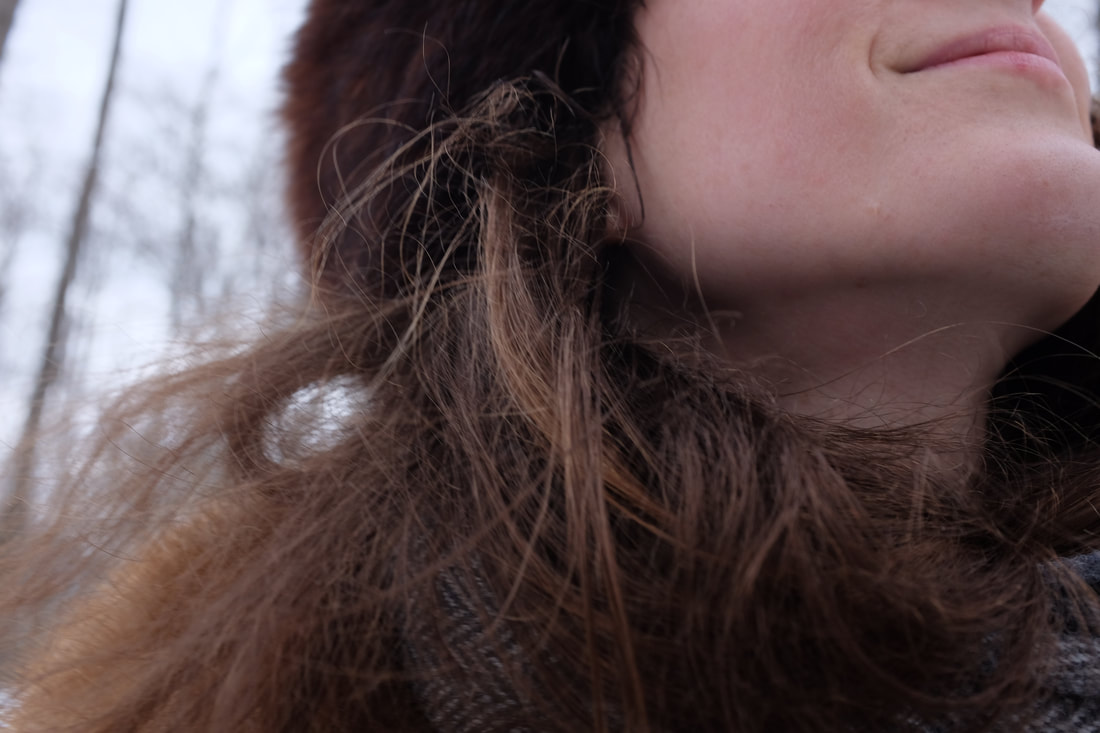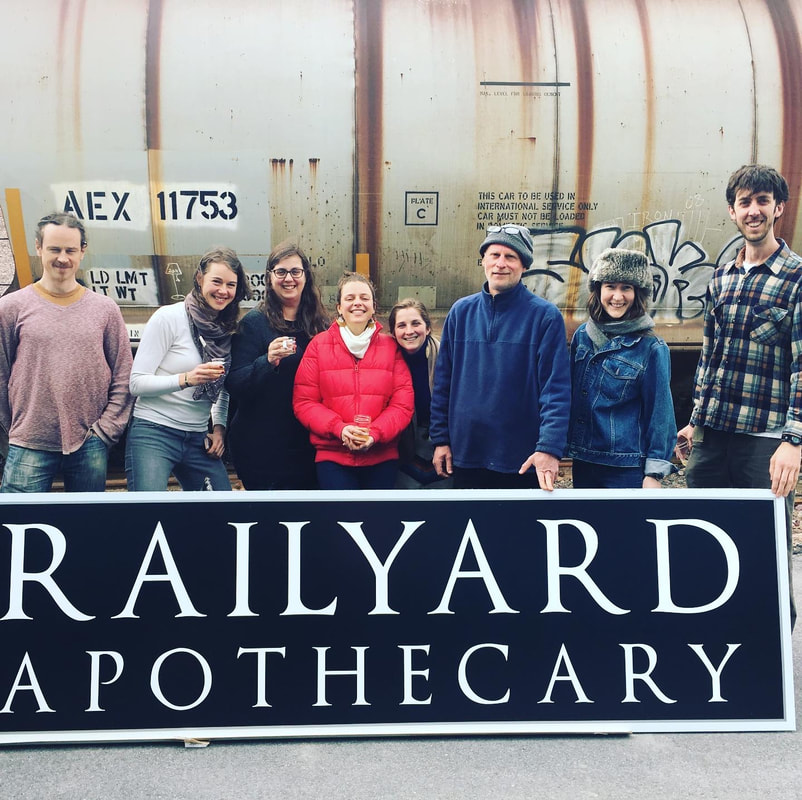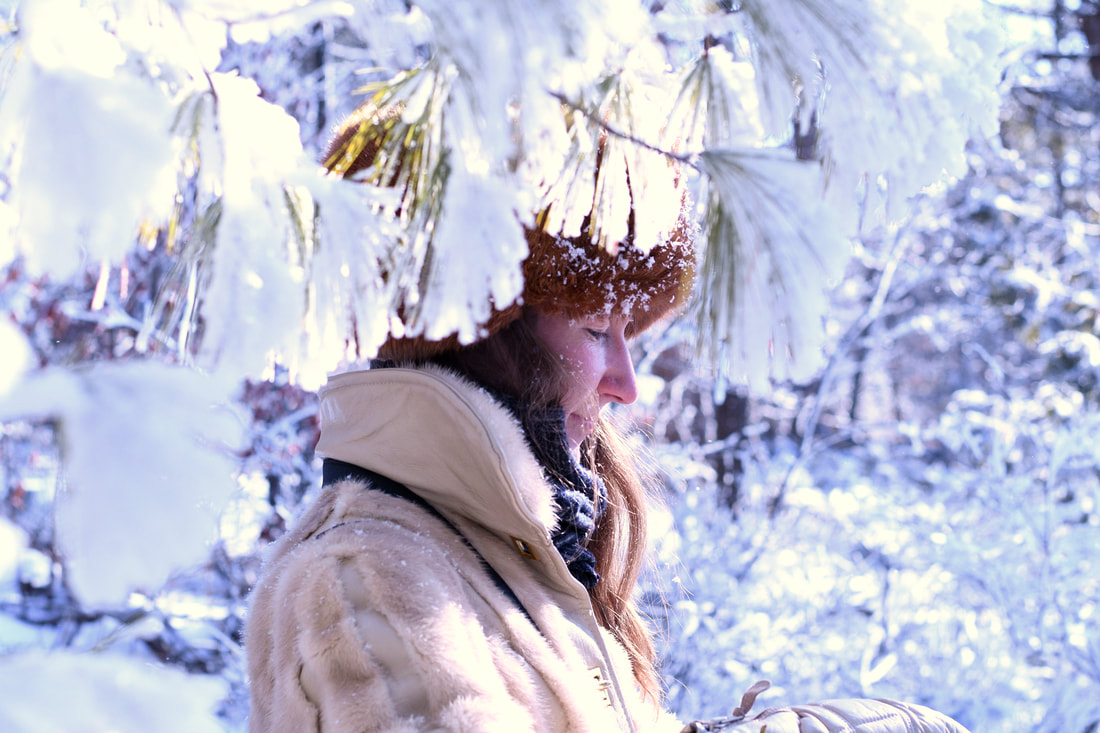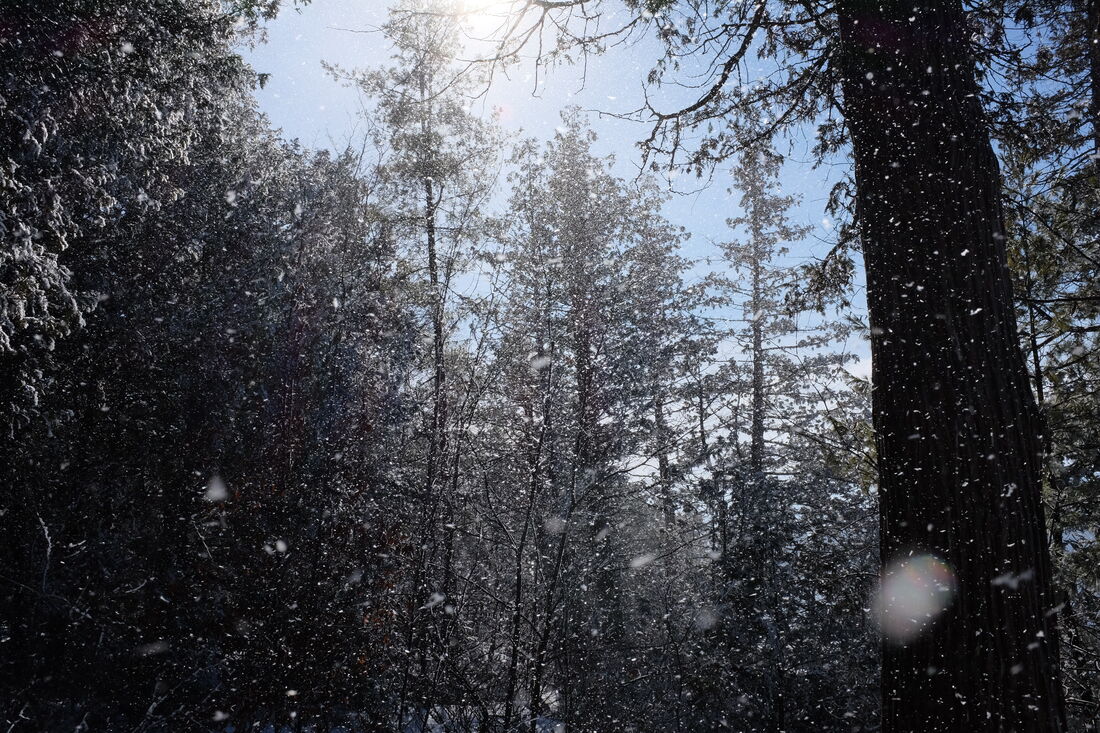|
Our bodies have an intelligence largely beyond our conscious awareness. This knowing extends to all levels of our physical form, from our senses and awareness of the world to internal sensations to the unconscious functioning of our organs, tissues, and cells.
Our senses are our connection to the outside world. They are always engaged, and often are far more aware of our surroundings than our conscious minds. When we see the slanting light of an autumn evening as we smell the brown, sun-warmed leaves of an oak underfoot, and hear the distant chant of flying geese overhead, it is not the conscious thought of “all these signs indicate to me that it is autumn and winter is coming,” but rather an embodied feeling, a visceral knowing of time and place, a nostalgia for future pasts. Or in late winter, as it is presently, when you wake to the warmer feeling sun through a window pane and the chirping of robins and cardinals, your chest fills with what could be intellectualized as Hope. It is yet again, as with the signs of fall, a feeling that is evoked by the senses. There may even be the synesthetic experience of smelling the scent of thawing earth, though the ground outside may still be frozen and blanketed in snow. It is such experiences that guide us, that give context, meaning, and rhythm to our days, to our lives. All the while these bodily knowings go largely unnoticed by the conscious mind. We have other ways in which our bodies demonstrate their intelligence. When you wake in the night, parched, and walk to the kitchen to pour yourself a glass of water, it is by your sense of hearing alone that you know your cup is full. The steadily rising pitch of the water entering the glass. Your ear knows exactly which tone means the cup has reached its limit, while at that exact moment your hand holding the cups also perceives its precise weight. Or there is the cook who can “eyeball” all the spices in a recipe with wondrous precision. There is also the mechanic who may look at a single nut or bolt and know the exact size or threading without comparison or measurement. We all know of muscle memory, and the body’s ability to grow more knowledgeable of a task over time. We need not look to the skilled artisan or musician to see this. Anybody who drives, walks, rides a bike, eats with utensils, braids hair, has learned skills of the body beyond our conscious awareness. Like the knowing of the senses, muscle memory is a wit of the body. So too are our internal sensations. Interoception, our perception of internal sensation, gives us valuable insight into our emotional and physical wellbeing. We may feel our heart racing when we are anxious, and also feel an emotional tightness in our chest. We may say we have a “gut feeling” about something. This is the seat of intuition. Before our minds enter the conversation, we almost always know the right answer based on what our body is telling us to do. This is why we say things like “go with your gut” or “follow your heart.” The body will guide us if we let it. Our bodies also give us important, vital information about our physical health. We know that we ate something we should not have, because we feel discomfort in our gut. Our bodies tell us when we are thirsty, hungry, tired. They direct our behavior in this way. They almost always know what is best for us, and they will ask for it. All we have to do is listen. If we learn to listen to the subtle cues and guidance our bodies give us, we will be guided towards health. Take a moment to stop and ask, “What does my body need in this moment?” Try to do this without letting the conscious mind interfere. And try to treat your body with tenderness, love, and respect. Your body is an incredible vessel and companion with more wisdom and wit than we might imagine.
0 Comments
Dearest Herbal Community-
It is with a tender heart that I share with you that I am moving on from Railyard Apothecary at the end of February. For the past five years, I’ve had the privilege of being part of this amazing community-led organization. I’ve learned so much along the way: about business, about myself, and about how to truly be in community. It hasn’t always been easy work, but it has been deeply rewarding and fulfilling. When I first joined Burlington Herb Clinic as an herbalist/owner at the end of 2015, I could not have imagined in my wildest dreams what would grow and blossom in this industrial space. As a collective, the Railyard team has turned a vision of sustainability, accessibility, and equity into a reality. This is something that I’m very proud of. During my time at Railyard, I have had the opportunity to work with well over 100 clients and serve countless more while working in the store. I was able to organize dozens of community events and classes. With the support and encouragement of Railyard, I brought Sherri Mitchell, Sandor Katz, and Mariee Soiux to our space. We had parties. We danced and sang and told stories. We learned about Chinese medicine, herbs of every variety, how to garden, how to dance, how to make chocolate. I was able to teach my medicine making series over 15 times. In my time at Railyard I also developed a line of products for the store. From smoking blends to herbal teas to salves to face steams, we now carry products that are most needed by our community. I had the honor to be a part of bringing our Herbal Justice Fund program to fruition, supporting lower income folx and providing reparations for BIPOC. I’ve had the opportunity to collaborate with local farms, bringing us one step closer to a sustainable future for herbal medicine and local food systems. There is no better feeling than to accomplish so much all for the love of people, plants, and the planet. I humbly thank you for allowing me this opportunity. I’m proud of what I’ve contributed to Railyard Apothecary, but it would be nothing without all of you. Above all, Railyard has taught me the importance of community. We are all connected, to each other and to the earth. So while I am moving on from Railyard, I will continue to be a part of our herbal community. The connections I’ve made run deep, and I have built relationships that will last a lifetime. Love to you all, Emma In the depths of New England winter, it can seem like the green of the landscape has all been replaced by white and grey. The perennial herbs sleep below blankets of snow, the limbs of oaks, maples, birches, all bare. We’ve spent the past Autumn harvesting and making medicine to store for the winter and carry us through until the new growth of Spring.
Behold, the sleepy winter forest, which holds gifts of strong medicine: cedar, juniper, hemlock, spruce, and pine, to name a few. For me, it is the white pine in particular, bows drooping with the weight of heavy snow, that represent the quintessential image of Vermont winter. White pines have long been a dominant presence of the New England landscape. As a slow growing, long-lived tree, they reach mid-life at 200 years old and can easily reach heights of over 200 feet. These majestic giants, although logged extensively since the beginning of colonial conquest and exploitation, can still be appreciated in many Vermont woodlands. White Pines, along with many other evergreen trees of northern New England, hold potent remedies in their needles. If you have ever tasted a cedar tip or a hemlock needle, then you know the instant sensation of aroma and flavor that comes from crushing a tiny needle between your teeth: aromatic, warm, piney, and a little sour. The unique flavor of evergreens tells us much about their medicinal properties. Aromatic: they are rich in essential oils with antimicrobial and immune stimulating properties. Warm: they increase circulation and help break a fever. Sour: they are high in vitamin C and other phytochemicals. Many of the evergreen trees can be used as warming winter remedies. They can be made into tea, added to a bath, or used as a sinus steam. I’ve even been known to boil fir branches from my Christmas tree to fill my house with their lovely aroma. Here I will share with you a recipe for White Pine Syrup. You can substitute pine with a variety of evergreens, just make sure you positively identify any tree before using. There are a few evergreens that are poisonous, such as the yew. Also, I prefer to use windfallen branches. If you harvest directly from a living tree, please be respectful and only take what you need. Never overharvest and always ask permission and thank the tree for it’s gifts. White Pine Needle Syrup 1 cup fresh or dried (but still green) pine needles 2 cups water 1 cup honey or sugar Rinse pine needles with cold water and coarsely chop In a pot, combine pine needles and water. Bring to a boil, then reduce to a simmer. Let simmer for 1 hour. If the water level becomes low, add a little more. After 1 hour, check to see if the water level is approximately half the original volume. Reduce further or add more water accordingly. Remove from heat and let cool. Strain while water is still warm. Combine 1 cup of tea with 1 cup of honey or sugar. Mix thoroughly. Bottle, label, and store in the refrigerator. Take 1 tsp of syrup 2-3x/ day at the onset of a cold. You can also make herbal soda with the syrup by adding it to seltzer--about 2 oz per 16 oz of seltzer, or use it in cocktails. Get creative--the sky's the limit. Evergreens remind us that even in winter, we are supported by the abundance of nature and the healing properties of the plants all around us. So get out those snowshoes or cross country skis and go explore the forests and woodlands in all their winter wonder. |
AuthorHerbalist, artist, woodland wanderer Archives
March 2021
Categories
All
|
Proudly powered by Weebly




 RSS Feed
RSS Feed